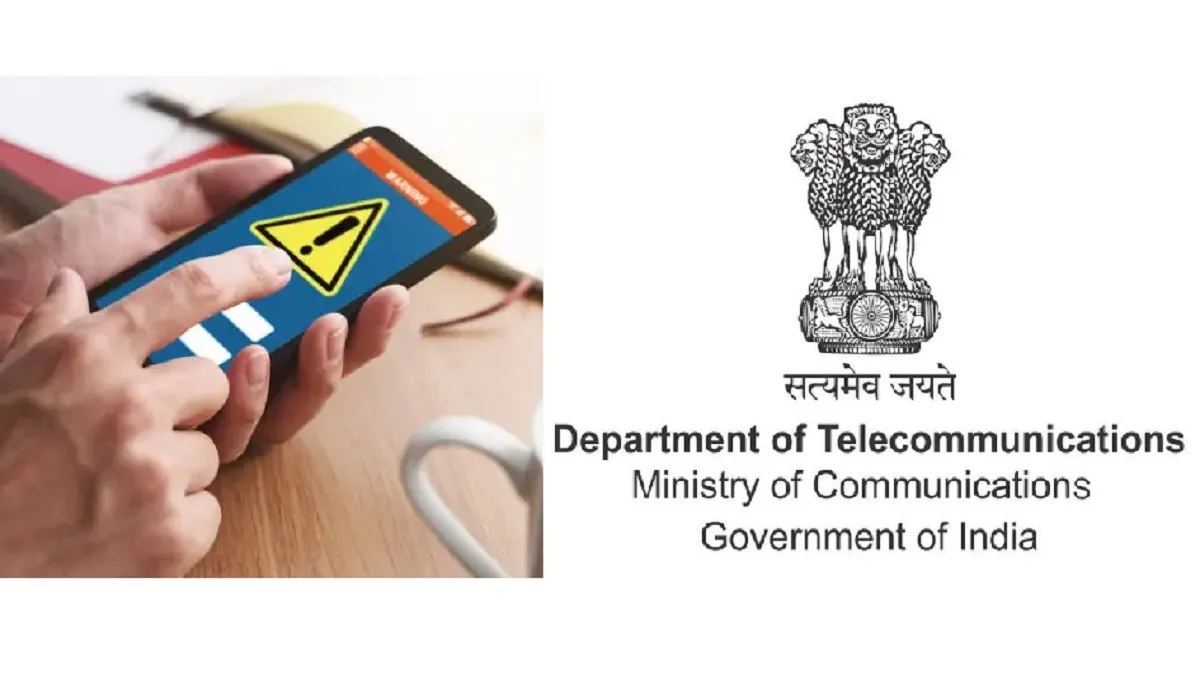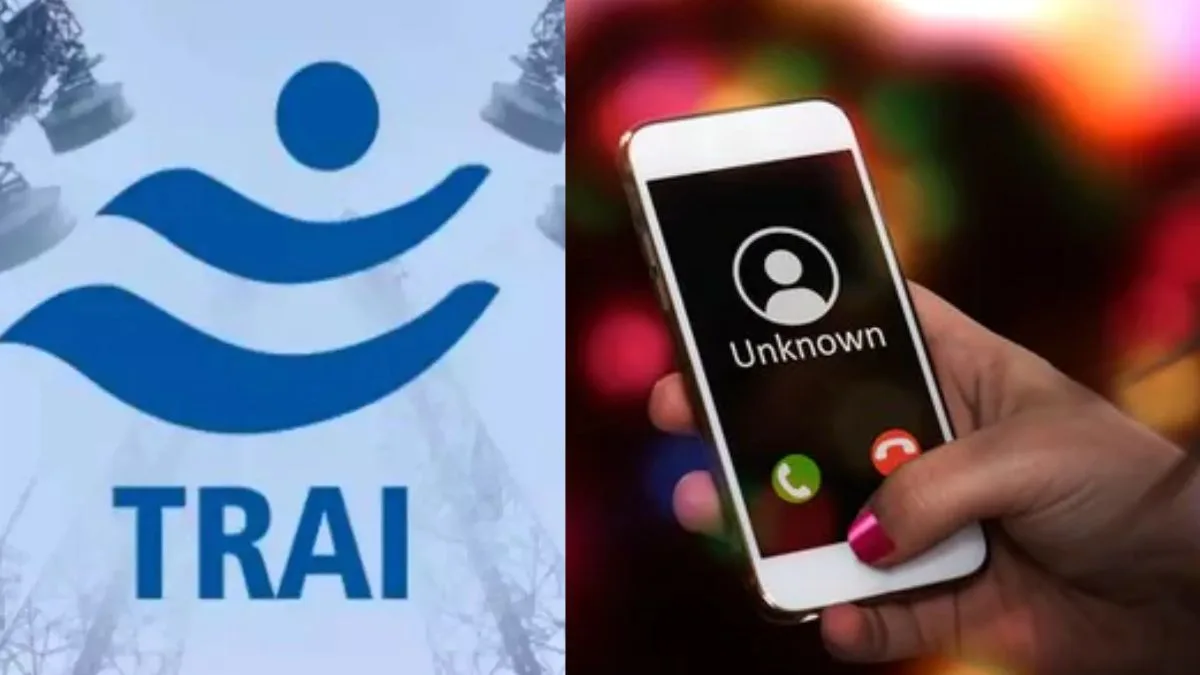Message Safety Alert: New TRAI Rule Helps Users Identify Scam and Legitimate SMS
Message safety has become a growing concern in today’s digital age. With thousands of users receiving SMS every day from unknown numbers, the Telecom Regulatory Authority of India (TRAI) has introduced a simple yet powerful way to identify the type of message you receive. Now, with just a glance at the end , you can tell if it’s trustworthy or possibly fraudulent.

Understanding Message Endings: What -G, -T, -P Really Mean
According to TRAI, the last letter or character in sender ID holds the key. If you’ve seen texts ending with “-G”, “-T”, or “-P” and wondered what they mean, here’s the answer. The government is now advising users to pay attention to these endings as they indicate the source and nature of it.
If it ends with “-G”, it is sent from an official government source. These may include Aadhaar updates, election information, or public health alerts. The ‘G’ helps assure the recipient that the message is from an authenticated government entity and is safe to open and act on.
Meanwhile, ending in “-T” belong to banking or transaction-related communications. These include OTPs (One-Time Passwords), debit or credit alerts, account balance updates, and fraud detection notifications. TRAI has clarified that such messages are verified and sent by banks or payment platforms, making them reliable and important for everyday use.
Promotional typically end with “-P”. These are mostly advertisements from brands, e-commerce platforms, or service providers, offering sales, discounts, and new product launches. While they may not be harmful, they often clutter your inbox. With this new system, you can easily filter or ignore them based on your preferences.
But here’s the key warning: if a message doesn’t carry any of these ending identifiers “-G”, “-T”, or “-P” it should immediately raise suspicion. Messages without any proper ending character are likely to be unverified or even fraudulent. Scam messages often imitate banks, brands, or even government departments but lack official verification. These can contain malicious links, fake offers, or phishing attempts to steal your personal information.
Why Messages Without End Codes Could Be Dangerous


This labeling method is part of TRAI’s ongoing effort to strengthen digital communication safety in India. Mobile users are encouraged to check the sender’s ID and the message ending before clicking on any links or sharing sensitive data. Many scam messages use urgency or fear to prompt quick action for example, fake alerts about your bank account being blocked or winning a fake lottery. Now, knowing what to look for at the end of a message could prevent serious financial or personal damage.
TRAI has also instructed mobile operators to raise awareness about this system. You may have already seen from your service provider explaining how these codes work. As per guidelines, businesses and government departments must use registered templates and sender IDs with proper endings, helping mobile users distinguish between safe and risky messages.
Why Messages Without These Endings Might Be Dangerous


Technology experts suggest that users regularly clean up suspicious , avoid clicking on unknown links, and never share passwords or OTPs with unknown sources. As messaging remains one of the most common tools for communication, improving user awareness is crucial.
In today’s fast-paced world where we are constantly bombarded with notifications, taking a moment to check a origin can make a big difference. Whether you’re checking your bank account, verifying an Aadhaar update, or browsing through sale alerts, recognizing the right message ending will keep you informed and safe.
Also Read : Tragic Farewell: Actor Rajesh Dies At 75 After Living Just One Day In His Dream Home
Conclusion:
TRAI’s new message-ending system is a small but powerful change that empowers users to stay alert in a digital environment full of threats. Remember the code G for government, T for transaction, P for promotions, and no code could mean danger. Knowing the difference can protect your data, money, and peace of mind.

